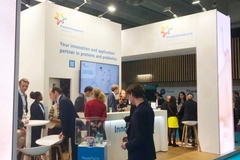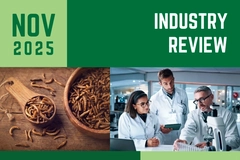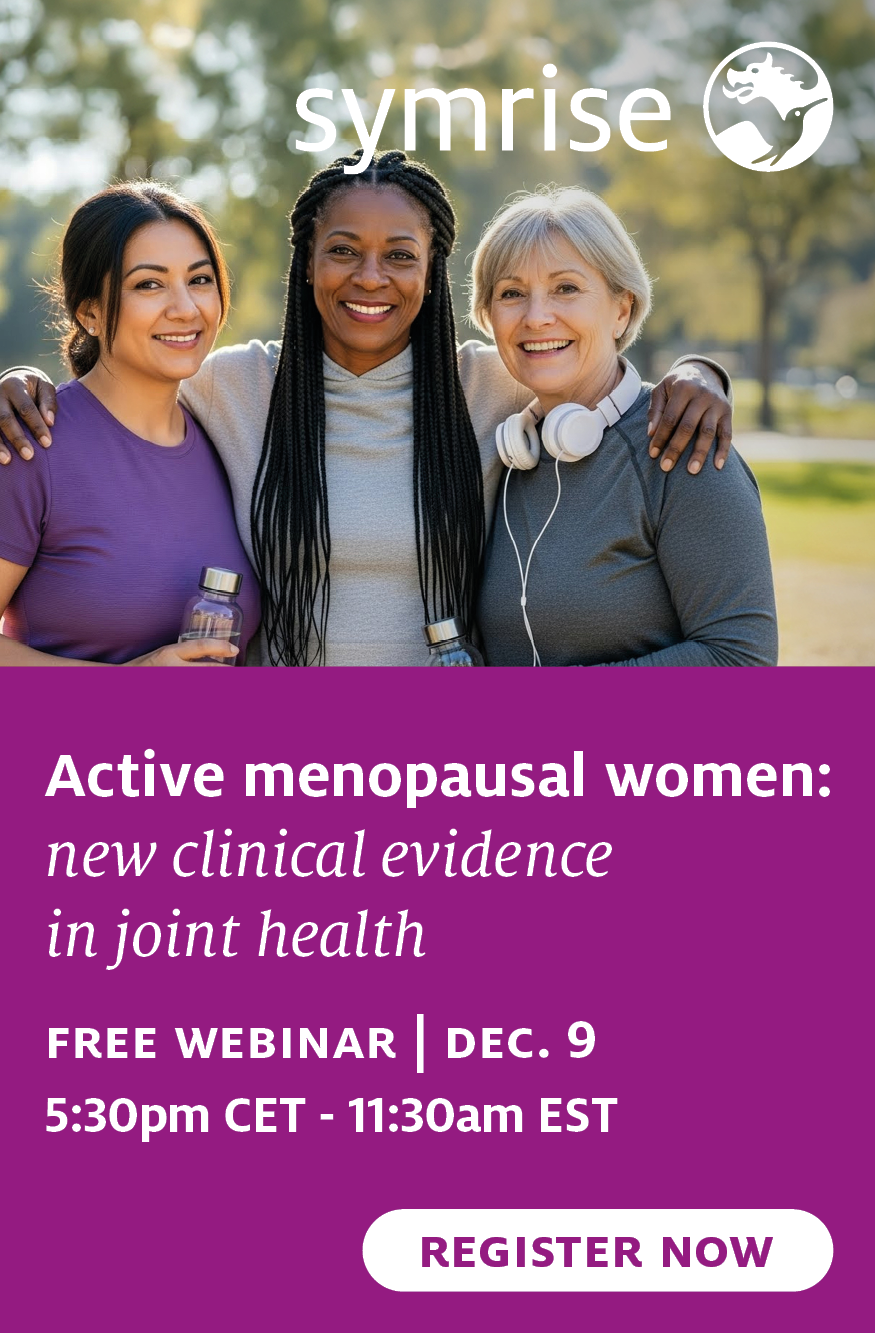
- Industry news
Industry news
- Category news
- Reports
- Key trends
- Multimedia
Multimedia
- Journal
- Events
- Suppliers
Suppliers
- Home
- Industry news
Industry news
- Category news
- Reports
- Key trends
- Multimedia
Multimedia
- Events
- Suppliers
Suppliers
Seeking Commercial Survival: Business Models For Personalized Nutrition

Nutrigenomics combines the study of nutrition and genetics, and could revolutionise our understanding of nutrition-health relationships, allowing nutritional advice to be tailored to individual need. This nutrigenomics-based personalised nutritional advice may influence dietary behaviour more efficiently than the standard, ‘one size fits all’ approach.

7 Nov 2012 --- Dietary guidelines are usually communicated to broad populations, and this population-level approach may be one of the reasons why many people do not follow them, and do not change their behaviours towards a healthier diet. But if the diet and nutrition of a person was based on a recommendation of their specific needs, then this might change eating behaviours. This is referred to as personalised nutrition. But how can personalised nutrition become a reality? Aside from scientific understanding, successful commercialisation is essential if personalised nutrition is to flourish. As part of the EU funded Food4Me project, researchers from Wageningen University and Research Centre, The Netherlands, and the Belgian company Bio-Sense, have identified the key elements of a business model that can move nutrigenomics-based personalised nutrition to the next level, and ultimately to success in the market place.
Nutrigenomics combines the study of nutrition and genetics, and could revolutionise our understanding of nutrition-health relationships, allowing nutritional advice to be tailored to individual need. This nutrigenomics-based personalised nutritional advice may influence dietary behaviour more efficiently than the standard, ‘one size fits all’ approach.
Little commercial success has been achieved in this field so far and early contenders have failed to find a viable business model. To illuminate a path to success, the authors explored potential business models to reveal their critical success and failure factors. The team created an inventory of 76 approaches to personalised nutrition that are currently on offer across the world and mapped their critical business model components.
They identified certain interactions that must take place between the customer and any provider of personalised advice. Firstly information must be identified from the customer, released by various means and using a defined communication channel. This information must then be translated into tailored advice and communicated back to the customer. The customer is then responsible for acting upon the advice.
From the inventory, nine dominant personalised nutrition approaches were seen to have gained a level of success in the market place and, from these, differentiating features could be identified on which to base future attempts and investigations.
The range begins with relatively ‘innocent’ data on dietary patterns, to the more invasive and personal phenotypic information and, most problematic, information on genetic constitution. The dominant approach within the market place was personalisation based on dietary intake data, refined for variables such as age, gender and Body Mass Index (BMI). There was also significant use of relevant phenotypic information, such as blood pressure, body fat and waist-to-hip ratio, as a means to further tailor nutrition advice. Despite the established potential of nutrigenomics, the use of genotypic information was far rarer.
Genetic information is the most expensive to obtain and use, and suffers reluctance from consumers on the grounds of privacy, and the sheer effort required to make it available. It does, however, improve diagnostic value. The result is that the more personal and difficult to obtain the information, the better the advice that can be given. Future research should therefore consider the consumer trade-offs between these two dimensions of making genetic information available as a basis for personalised nutrition advice.
A critical element of the business model is the definition of the target group. The main target groups seen were consumers wishing to lose weight or seeking a healthier lifestyle, rather than diseased or allergic individuals, who were targeted less often. A major public health contribution could come from the application of nutrigenomics-based nutrition advice for preventative as opposed to curative purposes, and further research into this potential is recommended.
Another crucial feature for success is consumer retention, as retaining customers is far more cost-effective than finding new ones. Success on a health level, as well as a commercial level, requires an enduring relationship between the consumer and advice provider, rather than one-off contact. This means a certain level of ‘consumer lock-in’ must be established. Here, it is important to consider the communication channel used, for example, internet-based applications offer low cost and consumer freedom but have the drawback of low retention. More work needs to be done to determine how nutrigenomics-based advice can move beyond a one-off interaction, for example, with follow-up activities after the first diagnosis.
Companies were seen to offer a wide variety of additional products including recipes, books, journals, courses, smartphone applications, online communities, and online shops. These additions are not only communication channels but also crucial elements in retaining customers and ensuring profitability. Profitability is an essential theme in any business model. Developing nutrition advice from genetic information comes at a price and business models would need to be explicit about the turnover generated. These complementary cash-generating activities are good examples to follow and seen as an integral part of successful business models.
Finally, due to the highly personal information involved in the case of nutrigenomics, trust is especially important. Consumers must have confidence that their information is being handled appropriately, and so the translational phase between genomics information and nutritional advice must be transparent.
For further information, see
Ronteltap A, van Trijp H, Berezowska A, Goossens J. (2012) Nutrigenomics-based personalised nutritional advice: in search of a business model? Genes and Nutrition. DOI 10.1007/s12263-012-0308-4.












